We are all guilty of impulse purchases from time to time, but did you know that there are retail tricks that stores use just to get you to spend more money?
These tricks are clever, subtle, and very, very effective! Once you’re aware of them, you’ll be in the driver’s seat and able to gain more control over your spending.
No matter where you are on your financial journey, you can learn to spend wisely. This is, of course, very true when you’re just starting out. We hear people all the time say that they “just can’t get ahead” and “don’t know where the money goes.”
If that’s you, realize that there are large retailers out there that are very good at getting you to break your budget and spend more money than you planned.
So let’s go ahead and jump into this list and see some ways you and I are both tricked into spending money.
This post may contain affiliate links which means that I may receive compensation at no extra cost to you if you make a purchase from a link found on my site. Please review my privacy policy for further details. As an Amazon Associate, I earn from qualifying purchases. Thank you for your support in allowing this site to continue!
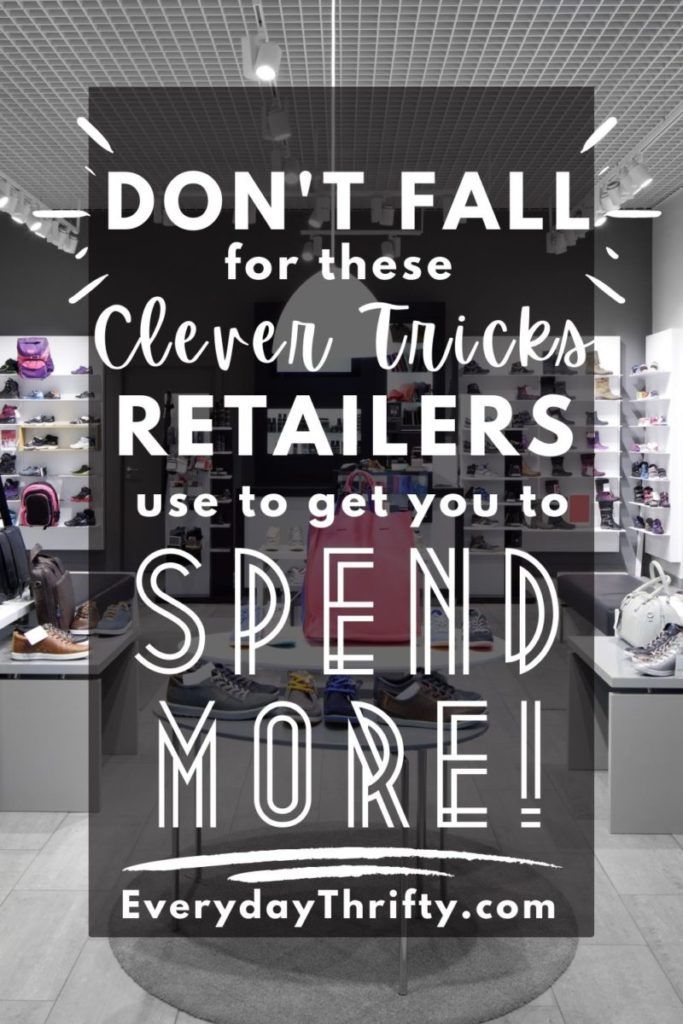
19 Retail Tricks That Make You Spend More Money
1. Essentials in the Back of the Store
Have you ever noticed that essentials like bread, milk, and eggs are usually located in the back of the store? Well, that’s not a design flaw.
It’s a retail trick to get you to spend more money! Arranging things this way forces you to walk the length of the store to get what you came for, and perhaps, along the way, pick up a few extra items that weren’t on your list.
2. Expensive Items at Eye Level
I noticed this when I was a kid sitting on the bottom of the grocery cart. The “good cereal,” that is, the name-brand cereal, was always directly at eye level for adults. The generic stuff was on the bottom in bags or way up high.
Again, this is on purpose. The more expensive items in each category are located at eye level to attract your attention. So, if you’re trying to save money, look up high and down low. The items that aren’t directly in your line of sight are usually a better value.
3. 10 for 10 Promos
You see these “10 for 10” offers all the time. There are a few things wrong with them. First, many of the items that qualify for the “10 for 10” offer may be worth less than $1!
Second, you don’t usually have to buy 10 items to get them for $10, but you feel compelled to. If it said, “$1 each,” most people would buy much less. But “10 for 10” tricks us into buying 10 items whether we needed to or not.
4. BOGO
The “Buy One Get One” or BOGO offer is just as prolific as the “10 for 10” promo. The difference is that BOGO is based upon creating an inducement to buy just one more item.
Retailers know that you only need 1 loaf of bread, for example. So how do they get you to buy 2 during your shopping trip? Perhaps the chances of buying 2 at the standard retail price are really low. But what if the second loaf of bread is half-off?
Do you see how it works now? Once you do, it’s much easier to remain in control and stick with your grocery list.
5. Bigger Shopping Carts
Some retail tricks sneak up on you. One of those is a subtle change in shopping cart sizes over time. As a kid, I remember shopping carts being much smaller. I’m sure you do too.
Over the years, cart sizes have grown to mammoth proportions. To make sure you’re not tempted to fill the cart unnecessarily, opt for a basket instead if you’re only planning to grab a few things.
6. Inexpensive High Margin Items at Checkout
I’m sure you know about this one, but let’s call it for what it is. Retailers are smart, and they know when you’re waiting to check out, your eyes will wander. That’s why they put inexpensive, high-margin items like candy bars, gum, chapstick, and magazines at checkout. Don’t be tempted, and of course, never shop hungry!
7. Setting the Mood with Music
Music can rev us up or mellow us out. Fast food places usually employ soundtracks with faster, more upbeat music to encourage you to eat and get out. But retailers want to get you to linger, stay awhile, and buy, buy, buy!
The next time you’re in a department store, take notice of the background music. Remember, it’s there on purpose to lower your guard, put you at ease, and encourage you to spend your hard-earned money.
8. Customer Rewards
There are ways to make the most out of retailer rewards programs. But, keep in mind, they exist because they work in getting you to spend more money.
It’s profitable for companies to provide perks to loyal customers. Sometimes it’s just too enticing to not take advantage. It’s fine to take advantage of rewards on items you truly need and want. Just don’t buy something to get points back or a percent off.
9. Limit 1 Per Customer
One of the easiest ways to stimulate demand is to create the illusion of scarcity. If a product is scarce, we tend to think it’s because it’s in high demand. And, in turn, it’s in high demand because it’s a highly desirable product.
This is another one of those retail tricks designed to get you to buy something that you may not have bought otherwise. If you see “Limit 1 Per Customer,” be on your guard!
10. Bundling
You may only need a single item, but what if you could get that item plus a lot of accessories for just a bit more? Would you buy it? That’s what retailers are hoping for.
Bundled products exist to give the illusion of value. The whole (that is the bundle) is usually more expensive than the sum of the parts. So, be cautious when buying bundled items. Because if you think you’re getting a better deal, you’re probably not. Instead, you’ve just been upsold items you didn’t intend to purchase.
11. Sales Events
Sales events exist to get you in the store, or these days, online. How many businesses do you know that run “Biggest Sale of the Year” almost every other week?
Sales events often tout massive savings like “Up to 70% off.” When you start looking around though, only a few items are ever 70% off. You might be able to find a good deal. Just be sure you know what retailers are up to.
12. Uneven Pricing
There are loads of different pricing strategies out there. The most common is what we call “uneven pricing” or sometimes called cents pricing. You know it well. Instead of $20; it’s $19.99. Shifting the price one penny lower gets you to focus on the “19” part of the price…even though the price is closer to $20. Practice rounding up, so you don’t fall for this retail trick.
13. Upselling
I don’t begrudge someone trying to upsell me, but if you’re like me, you do your homework and plan ahead before making most purchases. Don’t fall for upsells and make “no, thank you” your default position when asked.
In the retail world, upselling often comes in the form of Extended Warranties. As a rule, Extended Warranties are not worth it. For all other upsells, we recommend declining them. Stick with what you planned to buy and no more!
14. Fake Markdowns
Everyone likes to get a deal or, at least, feel like they’re getting one. Retailers use this understanding to their advantage all the time. It’s not uncommon for a product to be marked up, only be marked down, giving the impression that it’s “on sale.”
Be on guard against retail tricks like this one. The best way to catch fake markdowns is to download a bar code scanner app on your smartphone, so you can check prices online when shopping in a store. This will give you a better idea as to whether or not you’re getting a good deal.
As a frugal family that has paid off $68K in debt in 16 months, we’ve gained a lot of wisdom by knowing what’s a good deal and what isn’t. Each day on our Facebook page, we scour the internet and post on the BEST legit markdowns from popular retailers. Come follow our Page and follow along if you want to stay in the loop of REAL markdowns.
15. Using Scents
We discussed music but smells are perhaps even more powerful. The smell of baking bread, rotisserie chicken, or pizza wafting throughout the store is used to get you to buy more.
Even if you don’t follow your nose to the source, you may be tempted to buy more groceries overall. Pleasant smells can increase our appetite causing us to overspend. Never shop hungry, and be sure to bring a snack for backup support.
16. Using Large Signs
Retailers use big signs in the window to get you to focus on what they want you to see. They want to show you discounts, percentages off, and special savings. Keep in mind, there are always stipulations, so don’t go off of what you think the sign means. Be cautious, and read the fine print.
17. Removing the Dollar Sign
Of all of the retail tricks on the list, this one is perhaps the sneakiest. Some retailers and restaurants, for that matter, have removed the dollar sign from price tags and menus. Doing this has a disarming effect on you, the consumer. When the dollar sign is omitted, we’re less likely to think in terms of concrete dollars and cents, making the price seem more abstract.
17. Counter-Clockwise Design
We’ve already written about how expensive products are placed at eye level, and essentials are strategically located in the back of the store, but the overall flow of retail stores is designed on purpose as well.
If you think about the layout of many big box retailers, you’ll notice that things like clothes, toys, home goods, and electronics are located on the right side of the store, and food on the left.
Since we’re socially conditioned to move in a counter-clockwise manner, we’ll move through more expensive items first before we make it to the grocery section of the store. There are perhaps logical reasons to set up a store this way, but one reason is to get you to browse items you may have not planned to purchase before you buy more essential items like food, cleaning supplies, and toiletries.
18. End Caps
There’s no secret that end caps truly exist to increase impulse purchases. They may be used to attract your attention to new products or sales items.
Very often though, they are designed to display supplemental products. For example, an end cap located on the bread aisle may contain an assortment of spreads and condiments ideal for bread. The idea is to suggest related products at a time when you’re primed to buy them.
19. Store Credit Cards
Much like rewards programs, store credit cards are designed to get you to spend more money. Credit cards in general increase spending simply because credit doesn’t feel like real money.
Store credit cards are even more attractive because they often come with discounts. It’s very tempting to spend more than you need or more than you have on credit, especially when you get an extra 10%-20% off your purchase.
Thanks for reading our list! Now, we hope that you’re a little more armed to resist these retail tricks designed to get you to spend more money. When you shop, make a plan, stick to it, and don’t get knocked off course. If you’d like more tips, tricks, and hacks for saving money, living below your means, and shopping wisely, check the resources below.
Don’t forget to follow our Facebook Page for LEGIT markdowns and other money-saving inspiration!
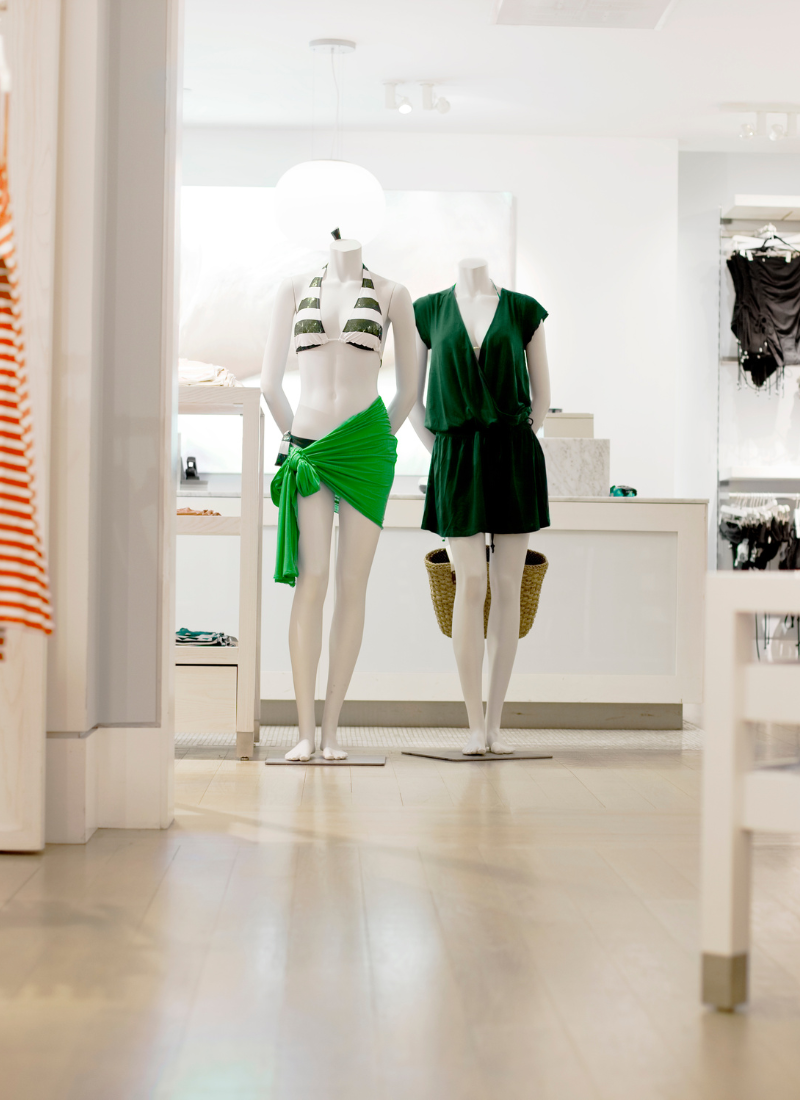
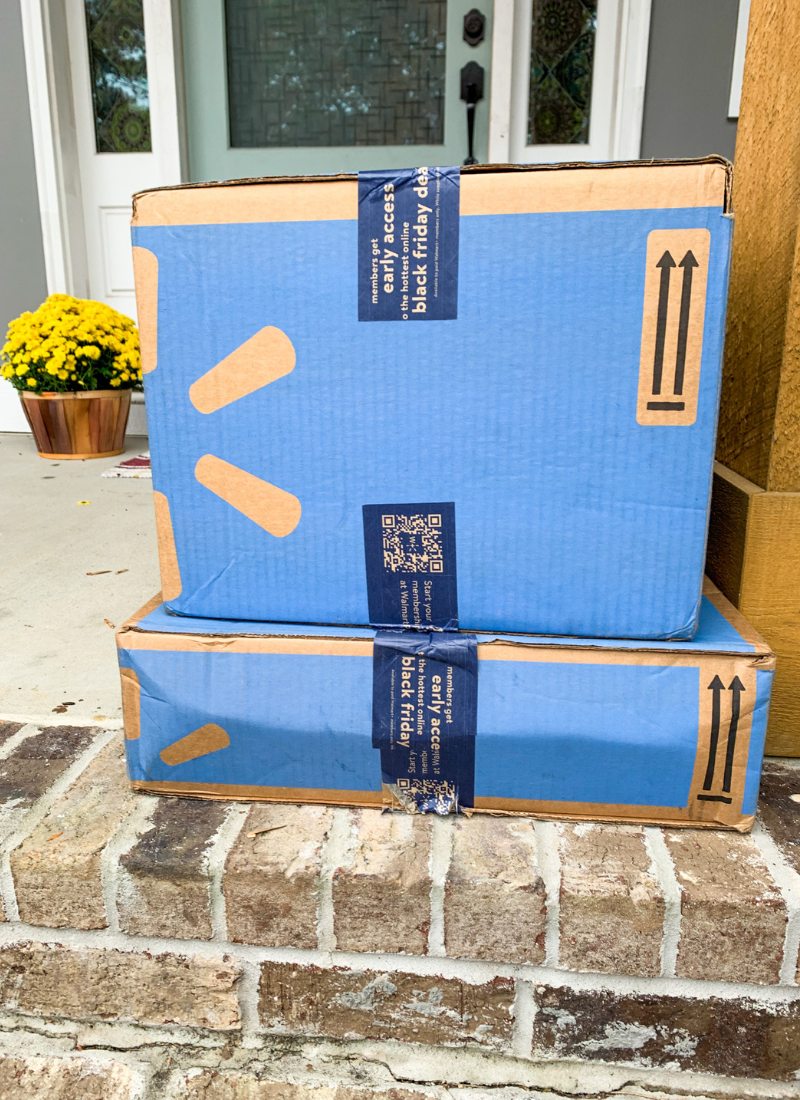
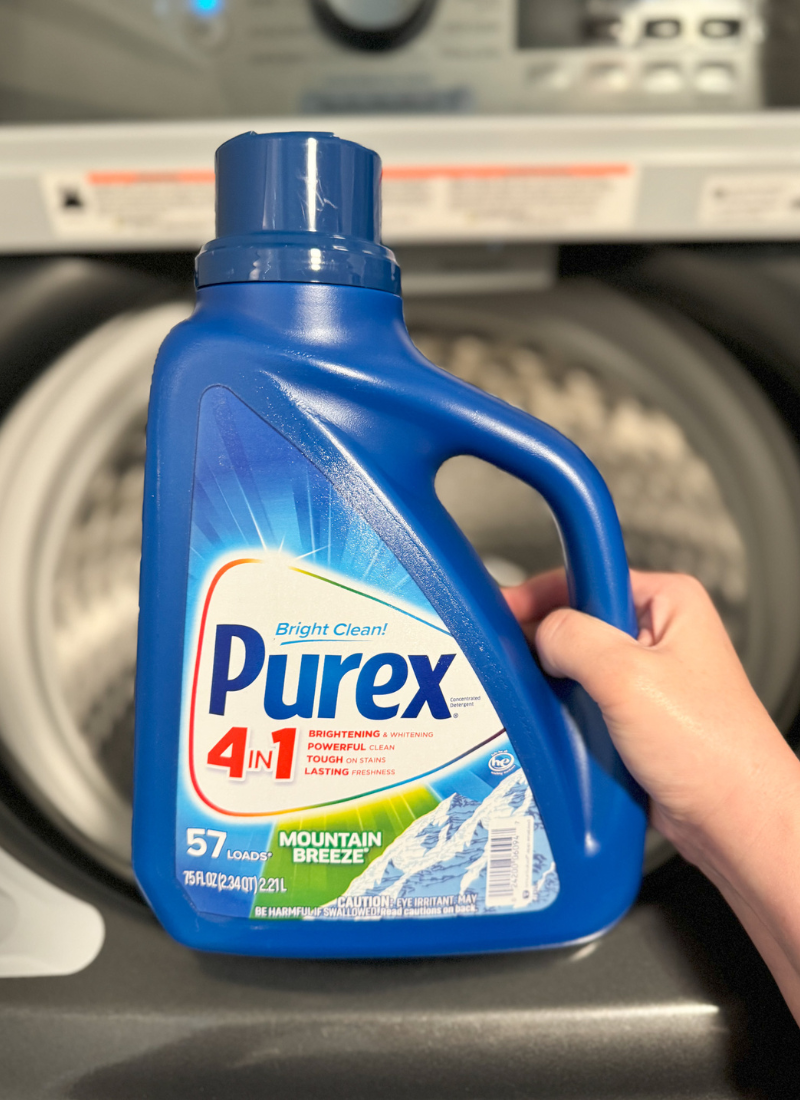
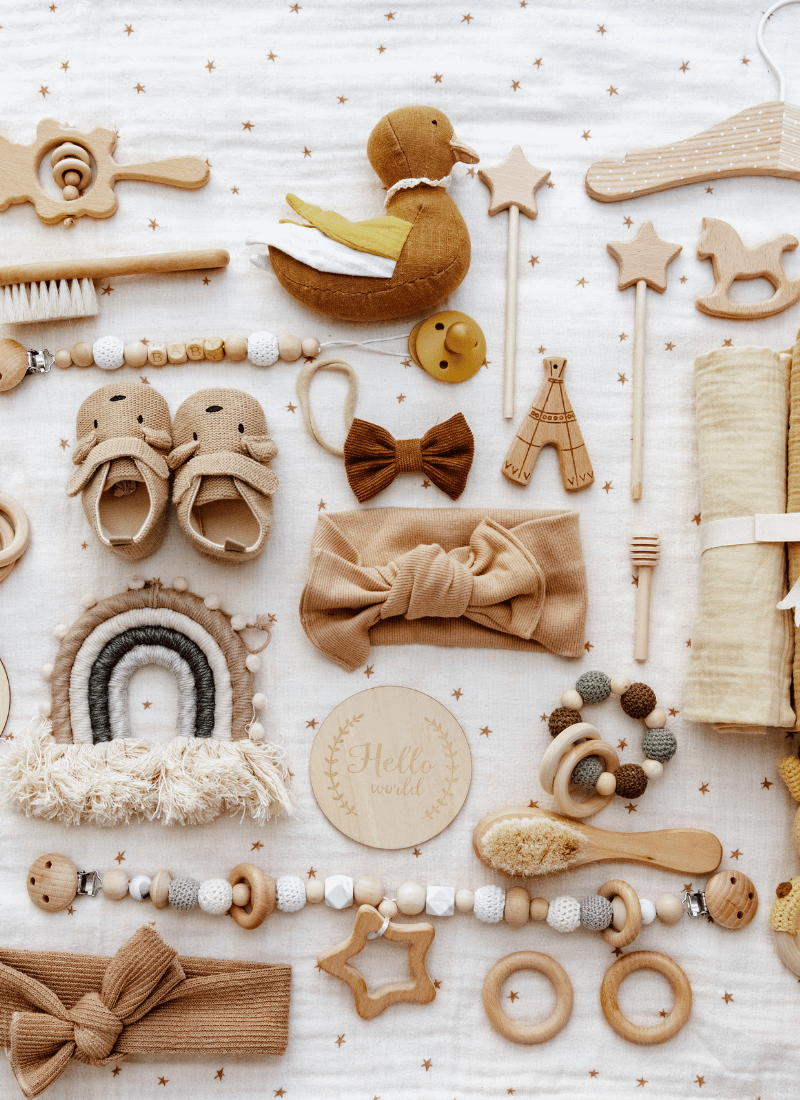
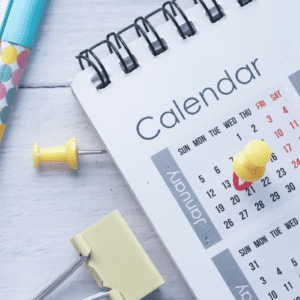
Leave a Reply